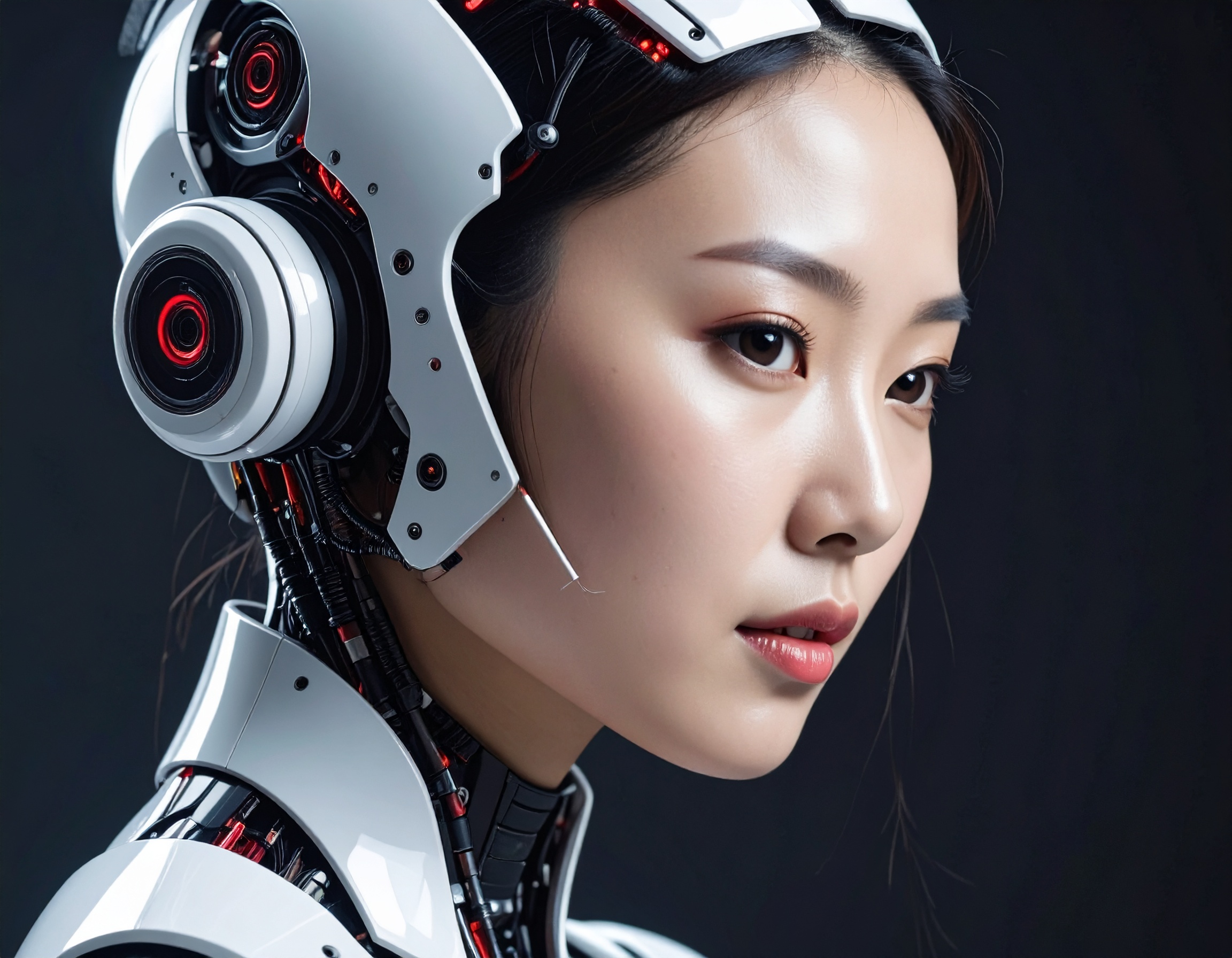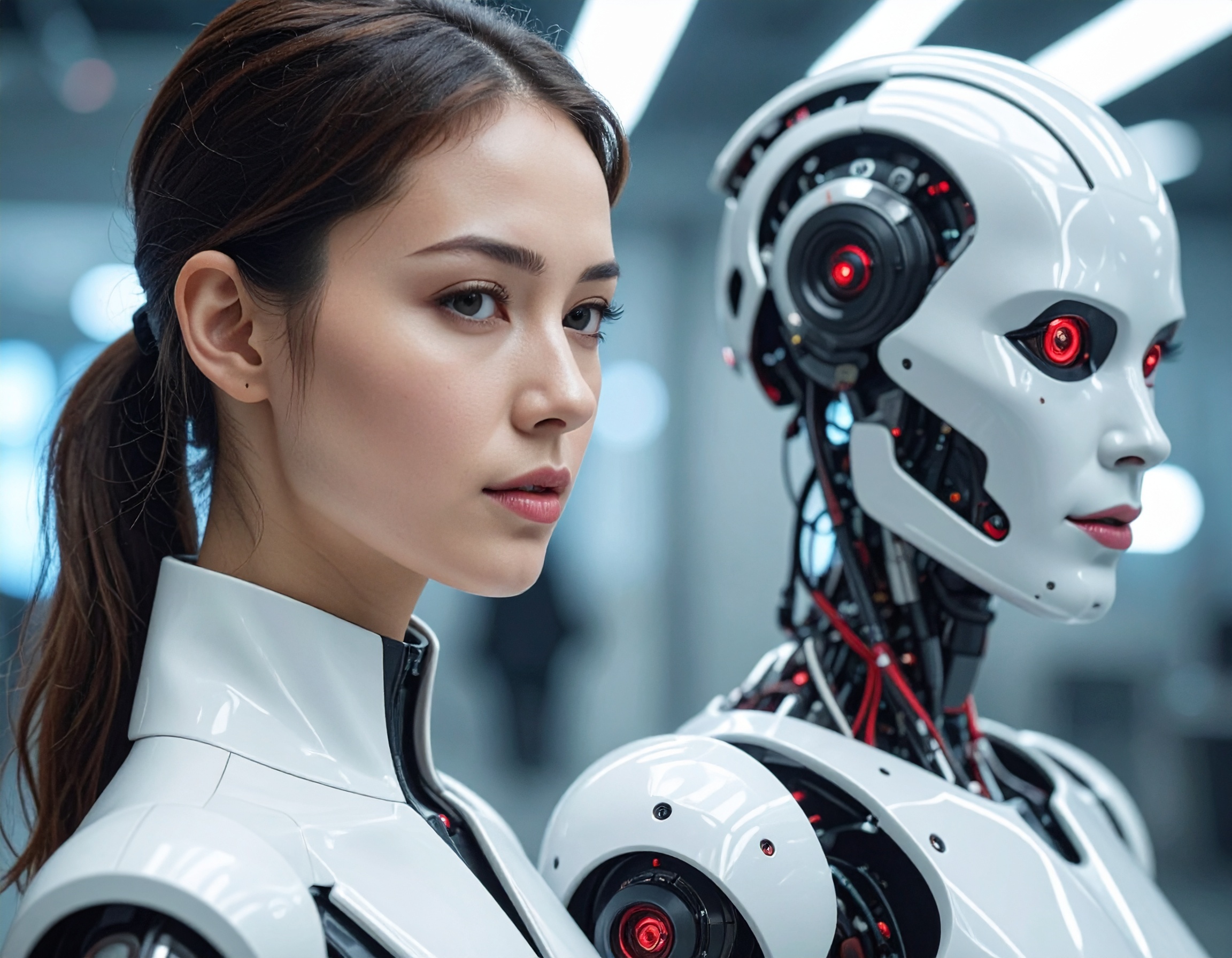China’s Rise of Non-Human Workers: Who’s Leading the Robotics Revolution

A New Industrial Push
On September 14, 2025, The Wire China published a detailed profile called “Who’s Who in China’s Robotics Industry”, by Noah Berman and Dean Minello. The article explains how robotics has recently joined the suite of strategic sectors that the Chinese Communist Party is pushing to dominate, alongside rare earths, solar panels, and electric vehicles.
For context: China is now the world’s largest buyer of robots, and Chinese firms now satisfy about half of China’s domestic demand — up from roughly a third five years ago.
Key Players and Why They Matter
The report profiles 50 companies and universities playing leading roles. These include traditional industrial robotics firms, creators of humanoids and “robodogs”, and influential academics and policymakers.
A few examples:
- Unitree, a company making quadruped robots and other advanced robotics hardware. Its co-founder and CTO, Wang Xingxing, previously worked at DJI.
- Ubtech Robotics, famous for humanoid robots (“some of which resemble Star Wars stormtroopers”), is another major player.
- Also profiled are policymakers and research institutions that set standards, develop robotics technologies, and regulate robotics deployment domestically.
One further important fact: out of the 50 institutions listed, four are under some form of blacklist by the U.S. government, affecting trade, export, investment, or sanctions considerations.

Why It’s Important: The Rise of AI Employees and Voice AI Agents
This push in robotics supports a broader transformation: the increasing deployment of non-human workers in factories, warehouses, logistics, and even customer interaction. Machinery and robots are becoming skilled employees. In this ecosystem, Voice AI Agents and other software-based workers may not have physical bodies, but they complement robots by enabling intelligent control, communication, and automation.
China’s growing self-sufficiency in robotics means fewer imports of physical robot hardware and more integrated systems combining hardware + AI, which strengthens its global competitiveness. It also raises strategic concerns, especially where robotics and AI are dual-use (civilian & military) — hence the U.S. blacklisting and export controls.
What Happened & What To Watch
- Over the past five years, Chinese companies have sharply increased their share of the domestic robotics market.
- The government is actively sponsoring, regulating, and supporting robotics development, not only through funding but through policy direction.
- Robotics startups are pushing into advanced territory — robotics hardware, humanoids, AI chips, etc. — meaning that “AI Employees” (both physical and software) are becoming realistic and widespread.
Why This Matters Now
- Robotics is increasingly seen as part of national strategic strength, not just productivity. China sees dominance here as critical to its industrial future.
- As non-human workers proliferate in manufacturing, logistics, and other sectors, there will be global trade, ethics, and regulatory questions, especially around export controls, tech transfer, and human-labour displacement.
- Companies and countries dealing with Chinese robotics firms may face legal or policy risks if those firms are blacklisted or tied to sanctioned institutions.
Key Highlights:
- China now controls ~50% of its robotics domestic market; five years earlier it was ~33%.
- 50 companies/universities profiled; 4 of them under some U.S. blacklist.
- Examples include Unitree and Ubtech for physical robotics; academia and research institutions vital for standardization and regulation.
- The strategic push indicates robotics and AI are not just tools of efficiency, but components of national policy and global competition.
Reference:
https://www.thewirechina.com/2025/09/14/whos-who-in-chinas-robotics-industry/


